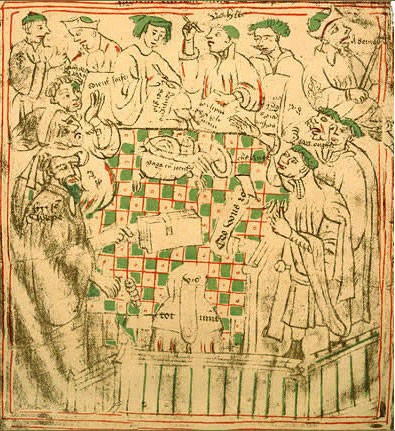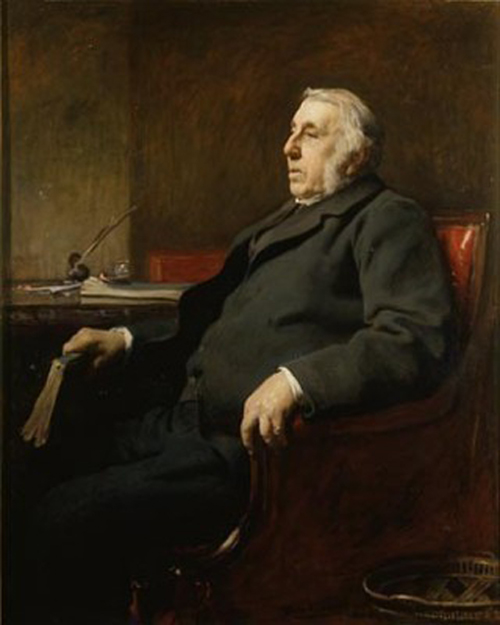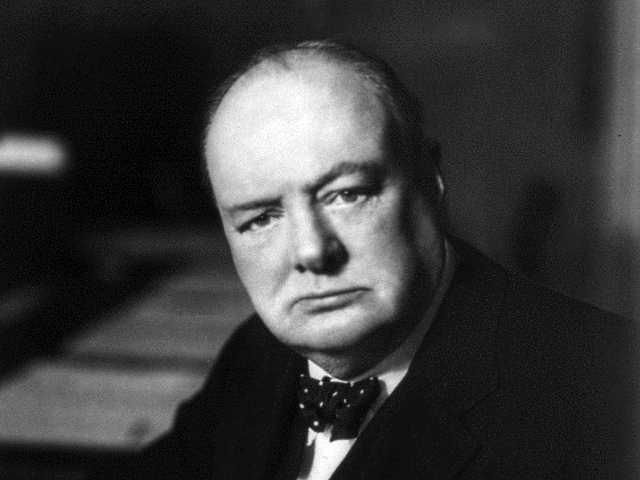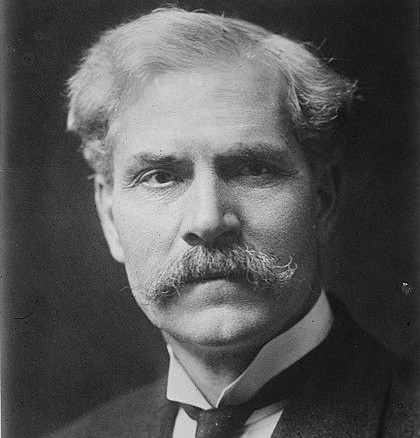Maurice Hankey: Architect of Modern Government
Maurice Hankey (1877-1963) deserves to be far better known than he is today as the principal architect of the Cabinet Office in modern British government. It would be wrong to...
Maurice Hankey (1877-1963) deserves to be far better known than he is today as the principal architect of the Cabinet Office in modern British government. It would be wrong to...

...– but also treasures such as Domesday book, royal wills and the various chests that were used to house them. Indeed, it was an ill-judged attempt to burn superfluous wooden...

...and motivating large numbers of men, experience which he put to good use in his new post. He inherited an organisation, the General Register Office (GRO), designed by his predecessor,...
...Licences. Walpole was able to dominate government policymaking. He did so partly because of his political skills and because he held a position that Prime Ministers generally ceased to occupy...

...speech... Rather, he gave it in the House of Commons, beginning at 3.40 pm and sitting down at 4.14. By contrast with some later occasions – notably his ‘finest hour’...

...Redwood used so effectively? The Policy Unit The Policy Unit was established by Prime Minister Harold Wilson in March 1974. Wilson ’felt that he needed more political and policy advice...

...keep Labour out. But on 21 January 1924 Prime Minister Stanley Baldwin announced his resignation in the House, and ‘Thank God for that!’ rose from the Labour benches. The following...

...to be transferred to produce an additional 750,000 copies of ‘Your Courage’ and ‘Freedom is in Peril’. The Ministry of Information was housed in the University of London's Senate House...

...years between May 1940 and October 1963 men who had fought in the First World War held the office of Prime Minister. By contrast, Second World War veterans held the...

...joined up with the Digital Team to use Twitter to take a fresh approach to telling a familiar story. The idea was to tweet, in real time, 100 years on,...